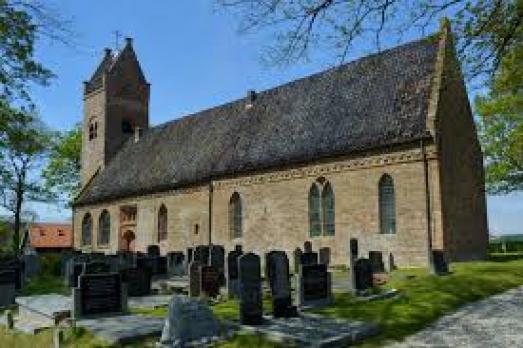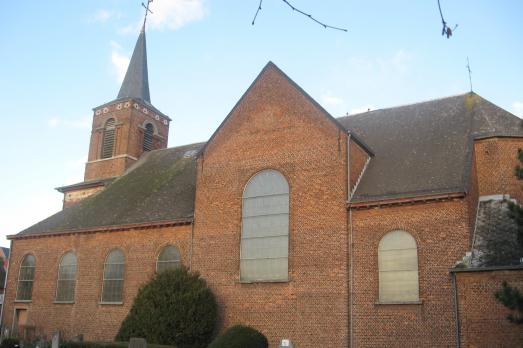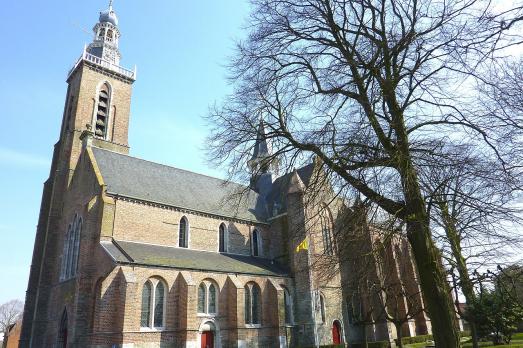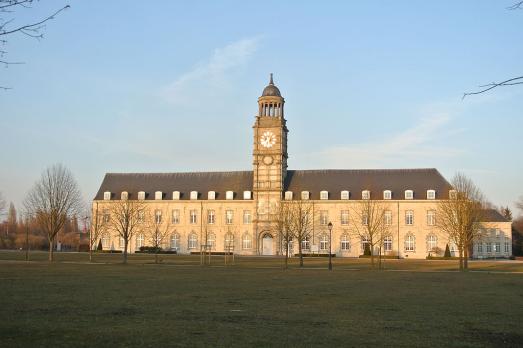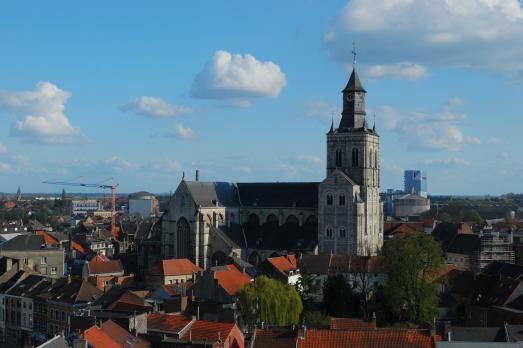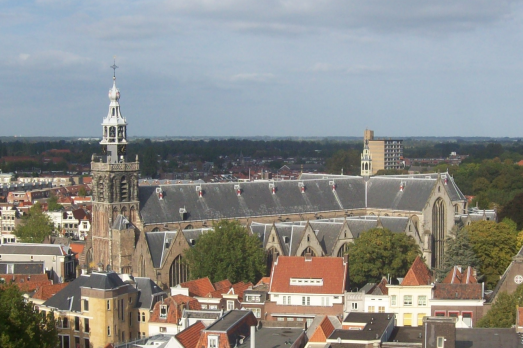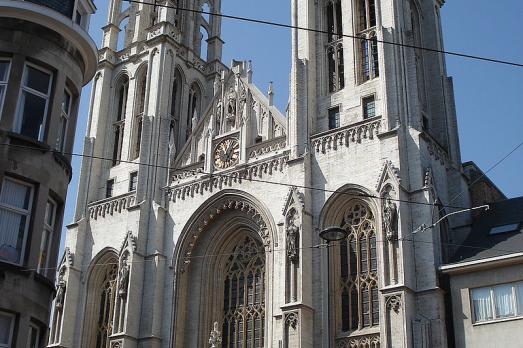
St Vitus Church
Wetsens, NL
Just to the north east of Dokkum lies the mound village of Wetsens on the old road towards Metslawier. The mound of Wetsens was once the largest of Frysin. Only a small part of it now remains, with the St. Vitus church on top. The church was taken over on April 8, 2016 by the Alde Fryske Tsjerken Foundation.
